Shio Kombu combines the umami of kombu with a mildly salty flavor, making it a delicious and savory condiment. It is not only a perfect accompaniment to rice but also a versatile seasoning for dishes such as stir-fries and salads.
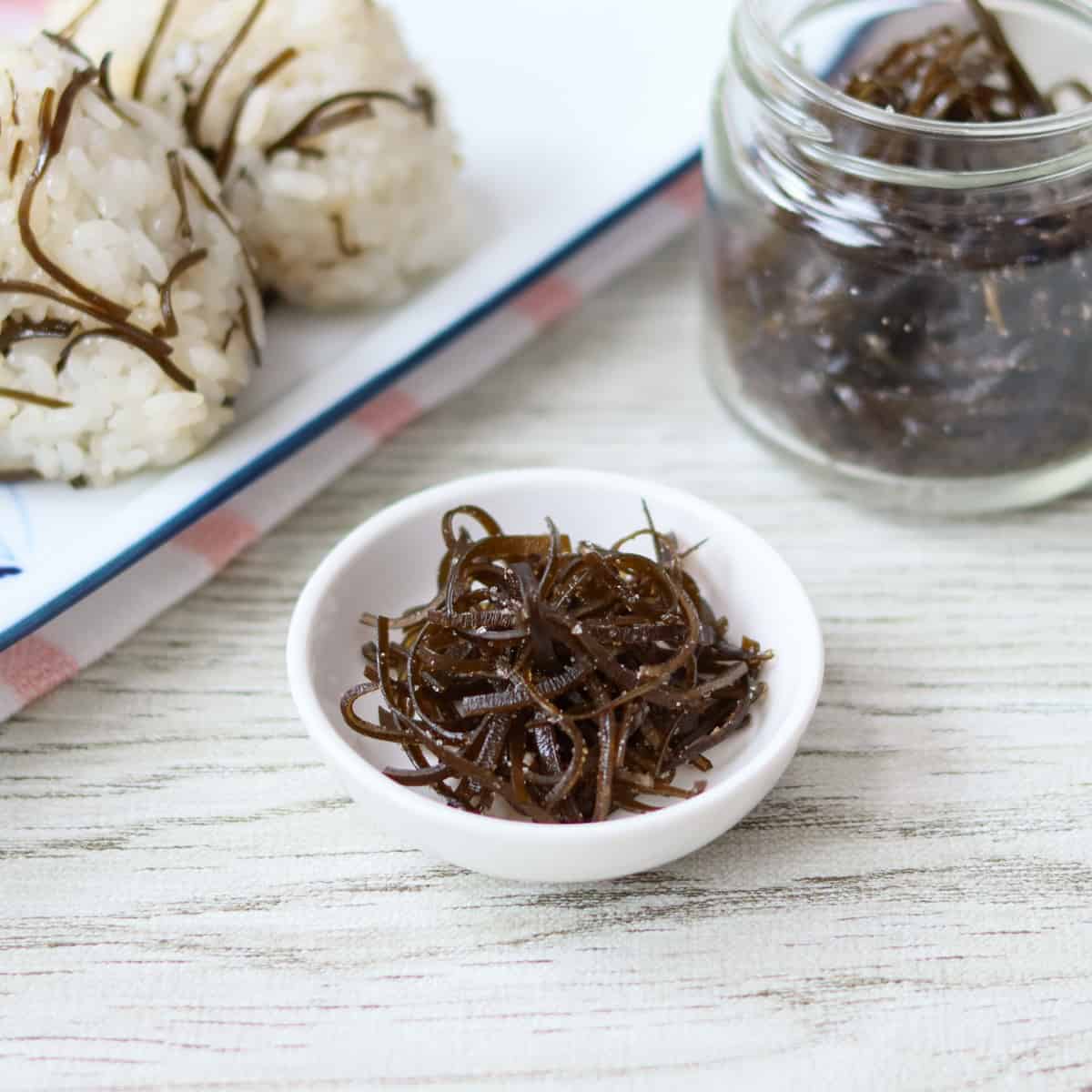
Jump to:
What is Shio Kombu?
Shio Kombu is a type of Japanese food made by simmering thinly sliced or cubed kombu in seasonings such as mirin and soy sauce, then drying it. "Shio" means salt, and "Kombu" refers to kelp, so this food is called "Shio Kombu" because it is coated with salt during preparation, and the concentrated umami components from the kombu crystallize on the surface.
To make this food, kombu that has already been used to make dashi stock can be reused, making it a great way to reduce waste. However, kombu used for dashi can spoil quickly, so it is best to either use it immediately after making dashi or freeze it for later use, thawing it before cooking.
By the way, there is also a food in Japan called "shio kombu," which is simply kombu sprinkled with salt, but the term usually refers to the kind described here.
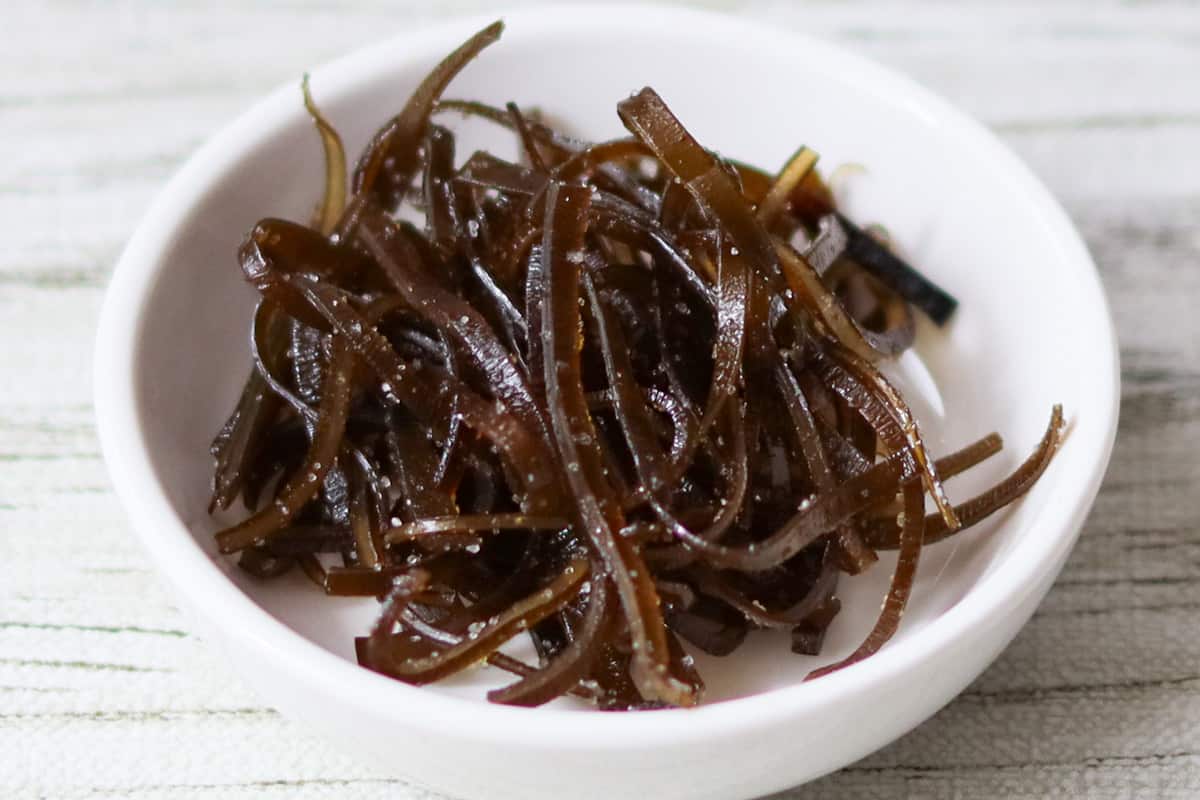
How shio kombu differs from kombu tsukudani
Some people who are familiar with Japanese cuisine might recognize this food as "Kombu Tsukudani." To some extent, that is accurate: shio kombu is, broadly speaking, a type of tsukudani. Kombu tsukudani is a dish made by simmering kombu in soy sauce, sugar, and other seasonings until the cooking liquid has almost completely evaporated.
The difference between shio kombu and kombu tsukudani lies in how they are prepared. Shio kombu is simmered with just enough seasoning liquid for the kombu to absorb, while kombu tsukudani is simmered with more liquid than the kombu can take in.
This distinction creates a noticeable contrast between the two. Shio kombu combines the rich umami of kombu with a relatively mild flavor. By contrast, kombu tsukudani has a much more intense flavor due to the abundant seasoning liquid.
Both are well-loved traditional foods in Japan, so I encourage you to give them a try and experience the contrast for yourself.
Choosing the right ingredients
To enhance the flavor of shio kombu, it is important to use the right ingredients. The key components to focus on are kombu, salt, and sugar.
When it comes to kombu, it is best to use softer, thinner pieces. The type commonly used for making dashi stock works well, but if you typically use high-quality, harder, thicker kombu, it might not be ideal for this dish. This kind of kombu tends to have a firmer texture, which can also make it difficult for the flavors to penetrate evenly.
For the finishing touch, the salt and sugar should be finely ground or powdered. This allows you to season the kombu evenly without affecting its texture.
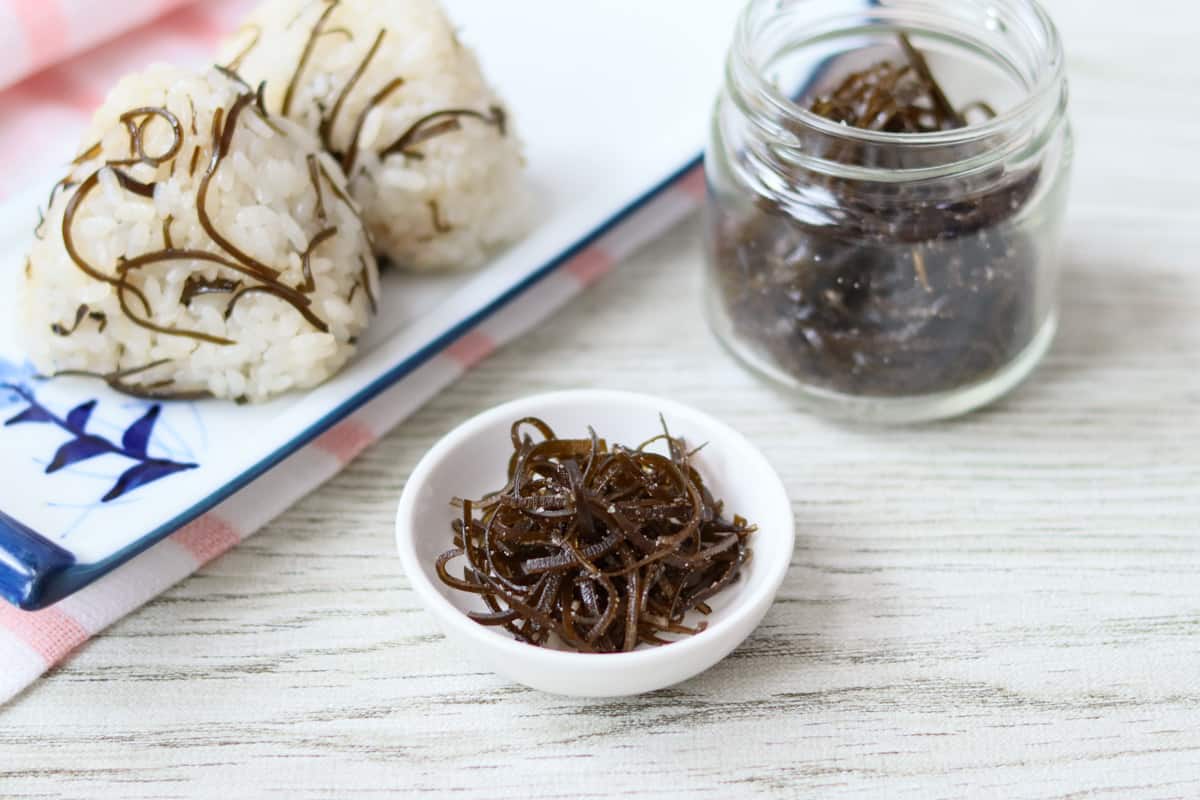
📋Step-by-step recipe
Ingredients
- 2.7 oz kombu (kelp), either soaked in water or leftover after making dashi stock (equivalent to about 0.53 oz/15 g of dried kombu before soaking or making dashi)
Seasonings:
- 1 tsp mirin
- ½ tsp sugar
- 1 tsp rice vinegar
- 1 Tbsp soy sauce
Finishing touches:
- 1 tsp salt (finely ground or powdered)
- ½ tsp sugar (finely ground or powdered)
Instructions
🕒 Total: 9 hrs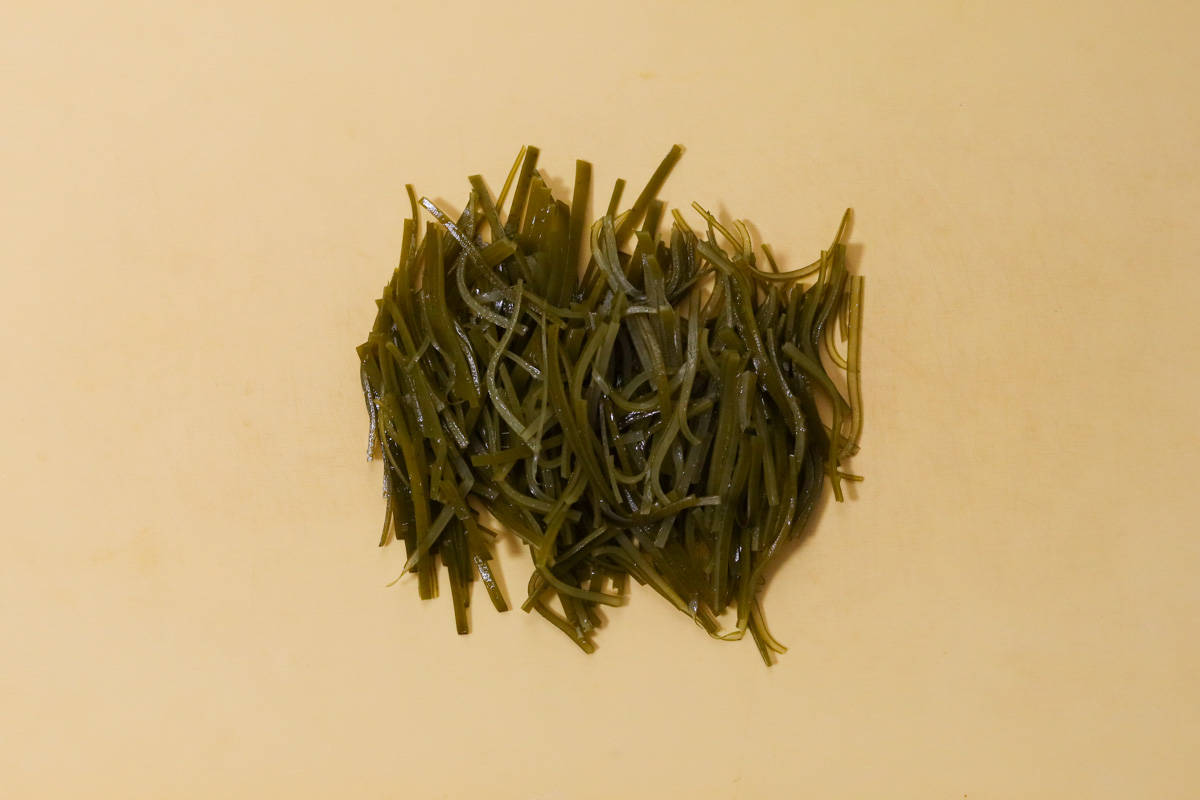
Step 1
Rinse the kombu under running water to reduce some of the sliminess (it won't come off completely). Cut the kombu into pieces less than 2 inches (5 cm) wide, then slice them into long, thin strips.
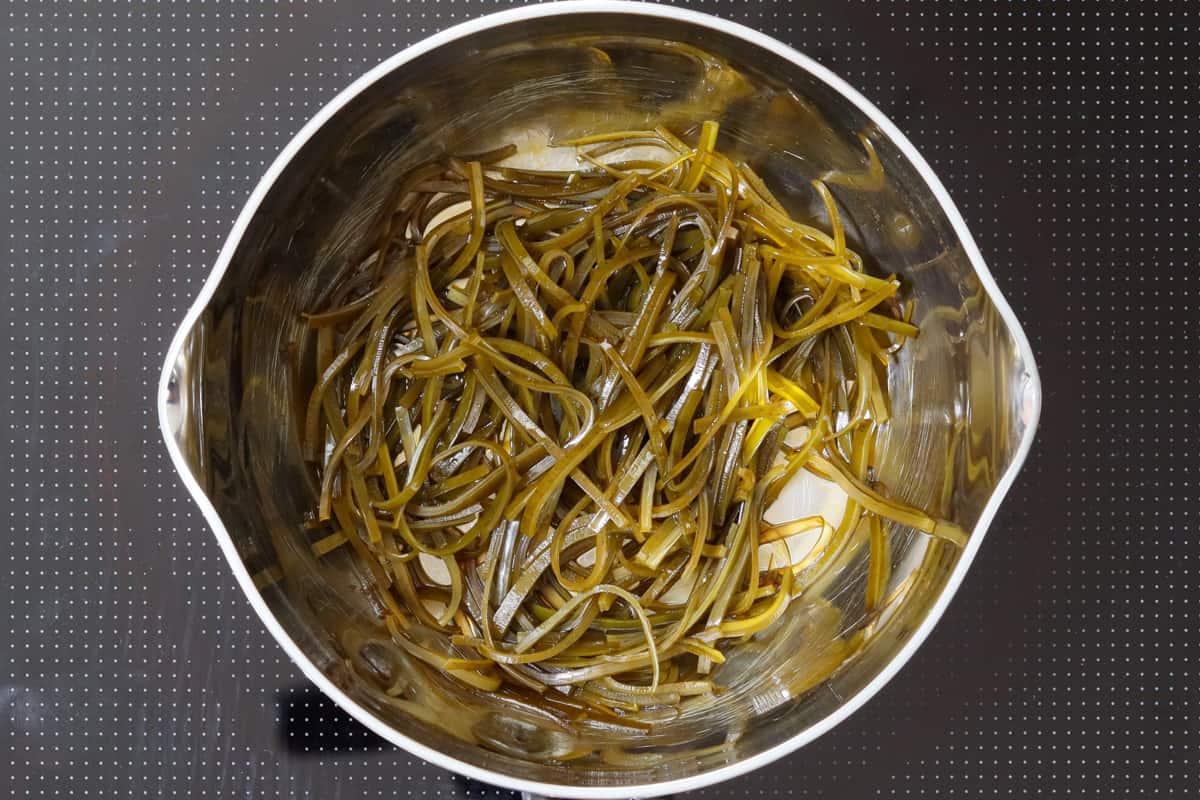
Step 2
Combine the kombu and seasonings (mirin, sugar, rice vinegar, and soy sauce) in a pot. Cook over low heat, stirring occasionally to prevent burning, until almost all of the liquid has been absorbed.
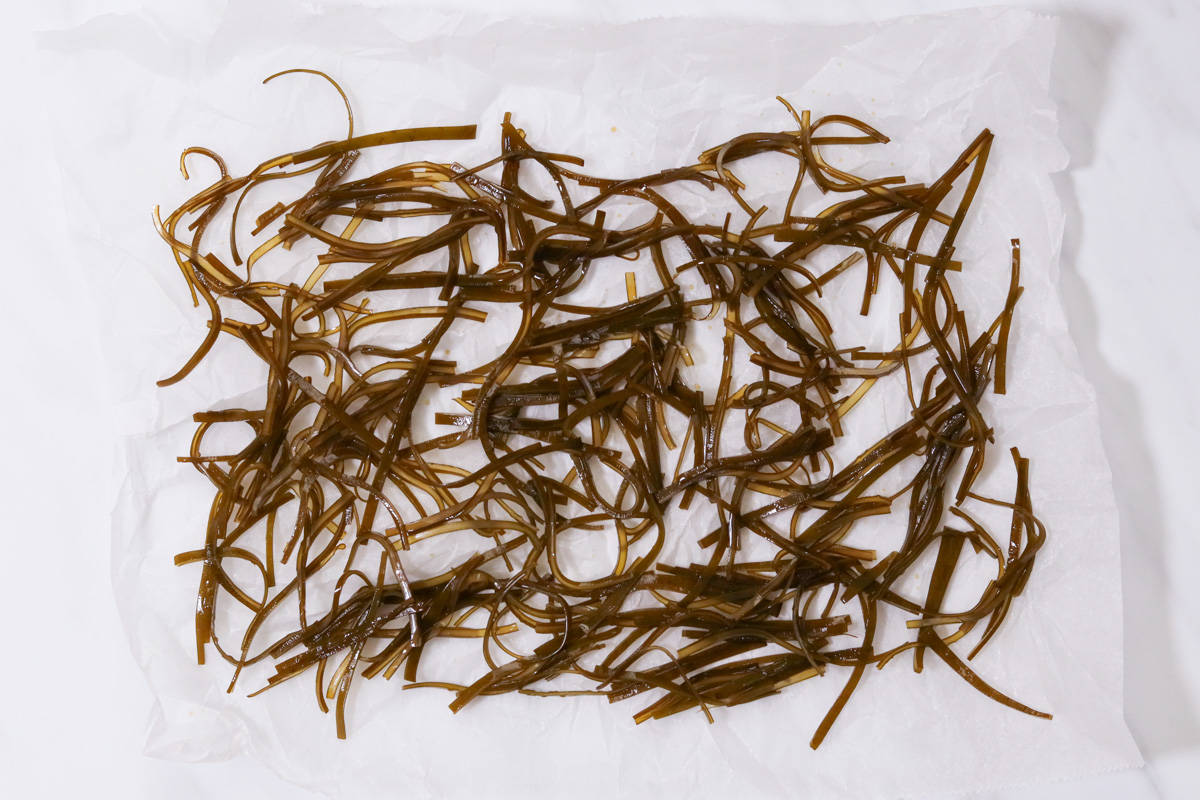
Step 3
Crumple a sheet of parchment paper and spread it out, then arrange the kombu on top without overlapping as much as possible. Bake it in the oven (or toaster oven) at 212℉ (100℃) for 30 minutes without preheating, until the kombu is semi-dry.
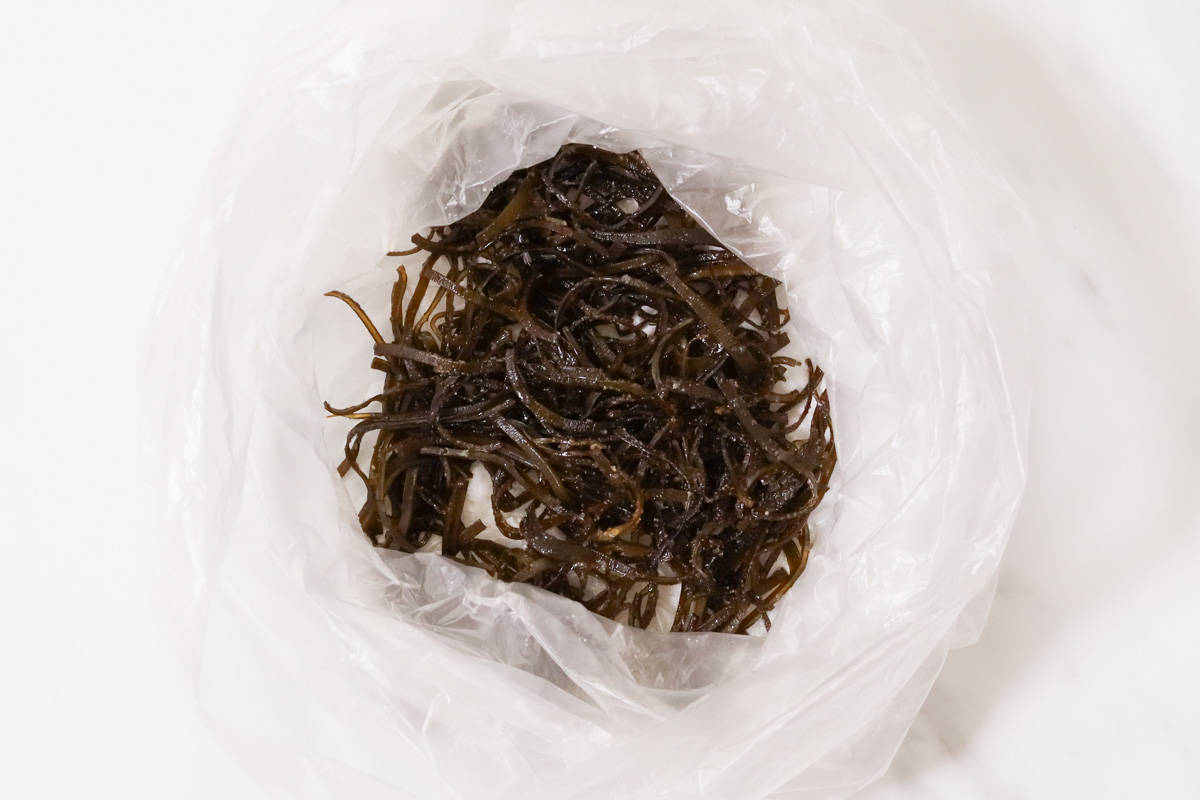
Step 4
Remove the kombu from the oven and let it cool. Once cooled, place it in a plastic bag along with finely ground or powdered salt and sugar for the finishing touches, then shake or mix well. Leave it at room temperature for at least 8 hours to allow the flavors to blend.
To store
You can keep it in an airtight container at room temperature for up to 2 weeks. Avoid storing it in the refrigerator, as it will absorb moisture.
Cooking tips
- Crumple a sheet of parchment paper before using it. This helps prevent the kombu from sticking and improves air circulation.
- After the kombu has cooled, sprinkle it with salt and sugar. Sprinkling them while the kombu is still warm can cause it to become sticky due to the sugar.
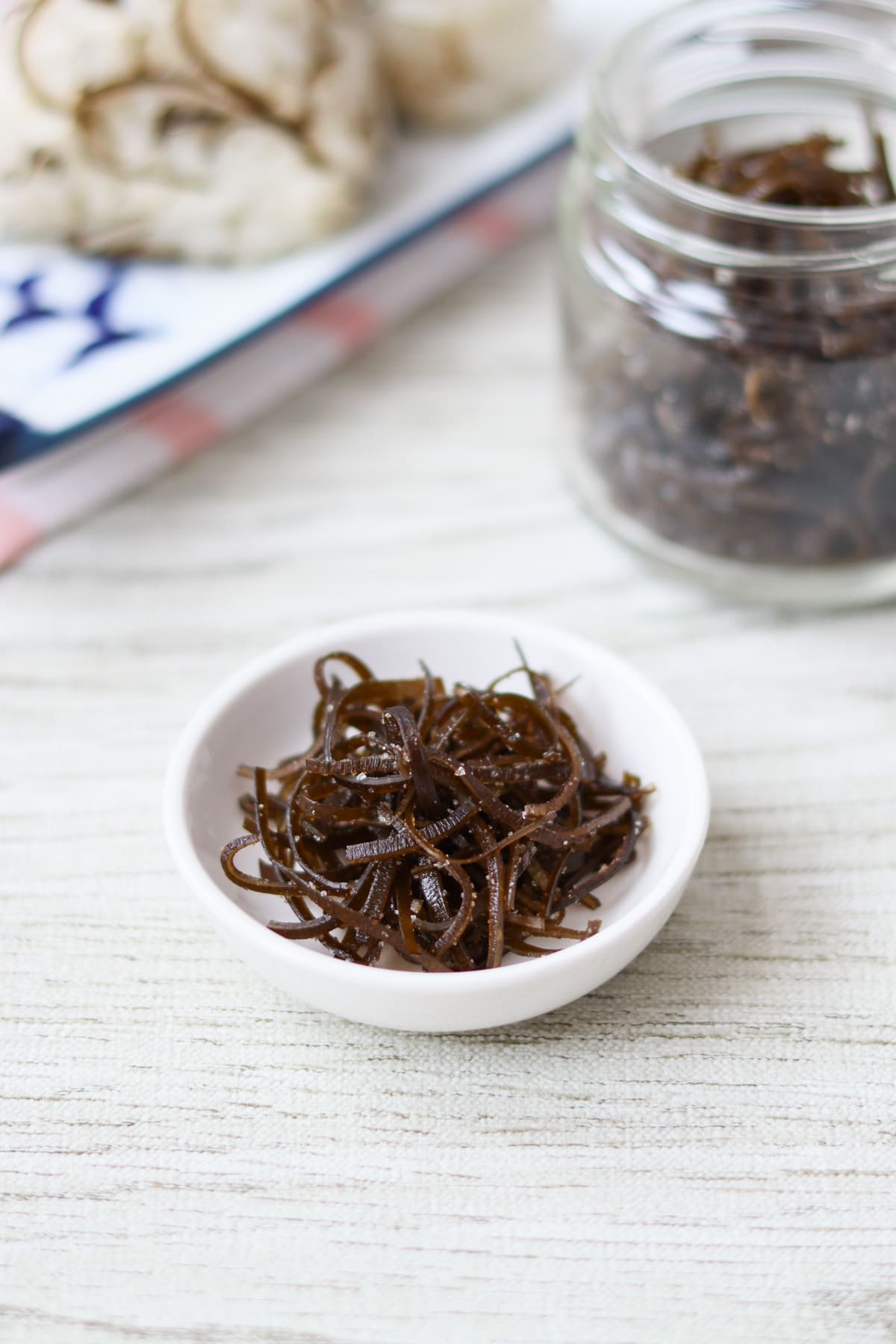
If you try this recipe, I’d love to hear what you think. Please consider leaving a review and star rating in the comments below. If you enjoyed it, I’d really appreciate it if you shared it with your friends.
More kombu recipes you'll love
Recipe card

How to Make Shio Kombu (Salted Kelp)
Ingredients
- 2.7 oz kombu (kelp), either soaked in water or leftover after making dashi stock (equivalent to about 0.53 oz/15 g of dried kombu before soaking or making dashi)
Seasonings:
- 1 tsp mirin
- ½ tsp sugar
- 1 tsp rice vinegar
- 1 Tbsp soy sauce
Finishing touches:
- 1 tsp salt (finely ground or powdered)
- ½ tsp sugar (finely ground or powdered)
Instructions
- Rinse the kombu under running water to reduce some of the sliminess (it won't come off completely). Cut the kombu into pieces less than 2 inches (5 cm) wide, then slice them into long, thin strips.
- Combine the kombu and seasonings (mirin, sugar, rice vinegar, and soy sauce) in a pot. Cook over low heat, stirring occasionally to prevent burning, until almost all of the liquid has been absorbed.
- Crumple a sheet of parchment paper and spread it out, then arrange the kombu on top without overlapping as much as possible. Bake it in the oven (or toaster oven) at 212℉ (100℃) for 30 minutes without preheating, until the kombu is semi-dry.
- Remove the kombu from the oven and let it cool. Once cooled, place it in a plastic bag along with finely ground or powdered salt and sugar for the finishing touches, then shake or mix well. Leave it at room temperature for at least 8 hours to allow the flavors to blend.
Notes
- You can keep it in an airtight container at room temperature for up to 2 weeks. Avoid storing it in the refrigerator, as it will absorb moisture.

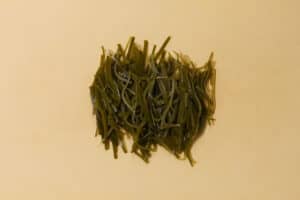
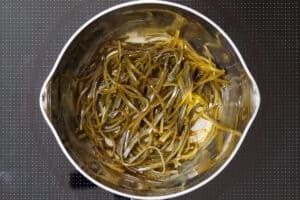
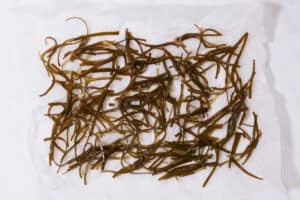
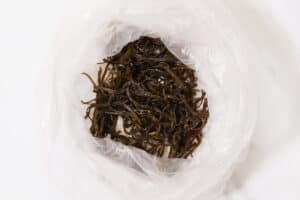
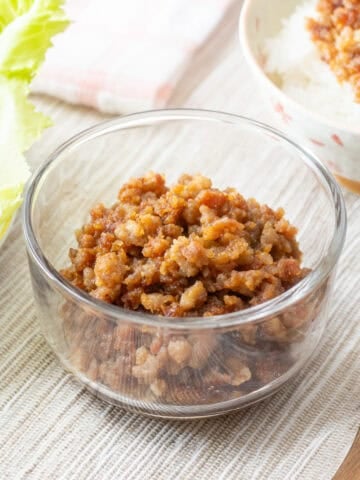
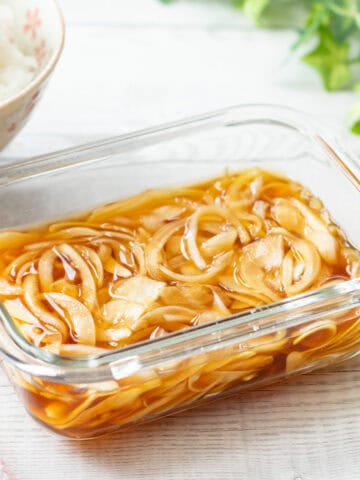
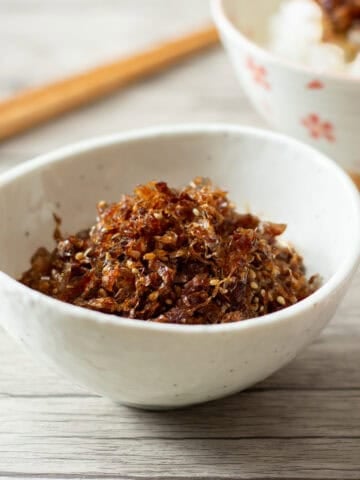
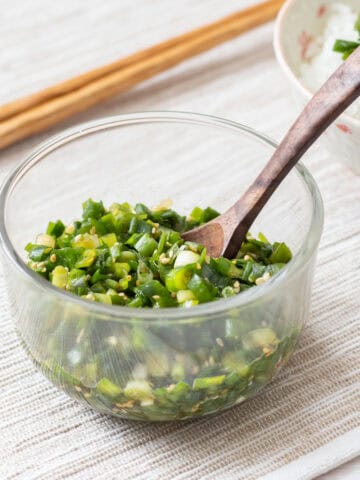
Leave a Rating and a Comment